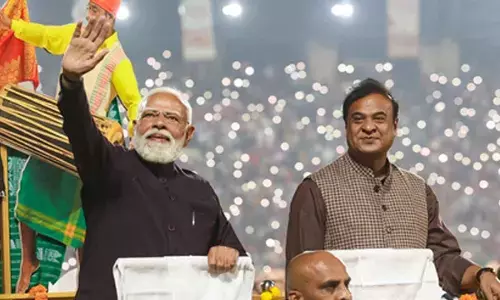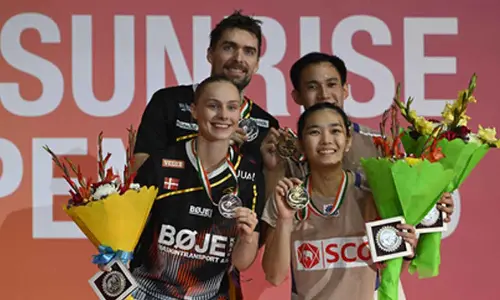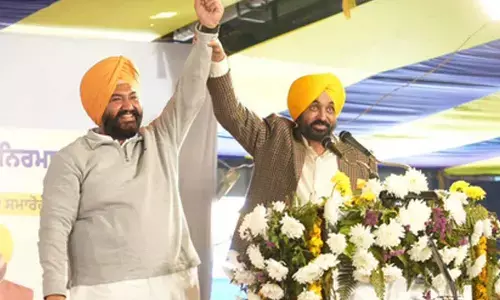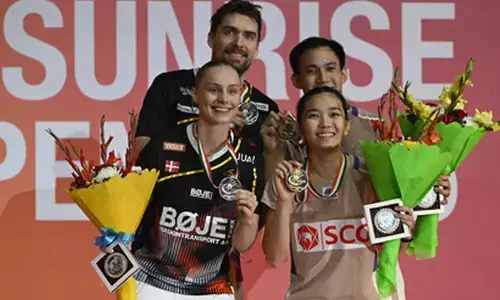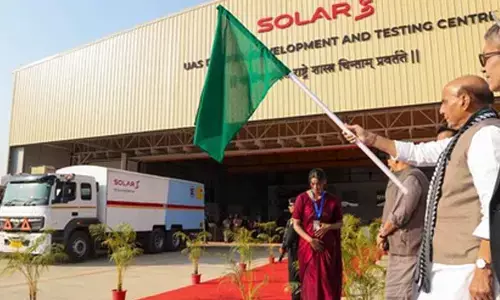The making of chariots for Puri Ratha Yatra!
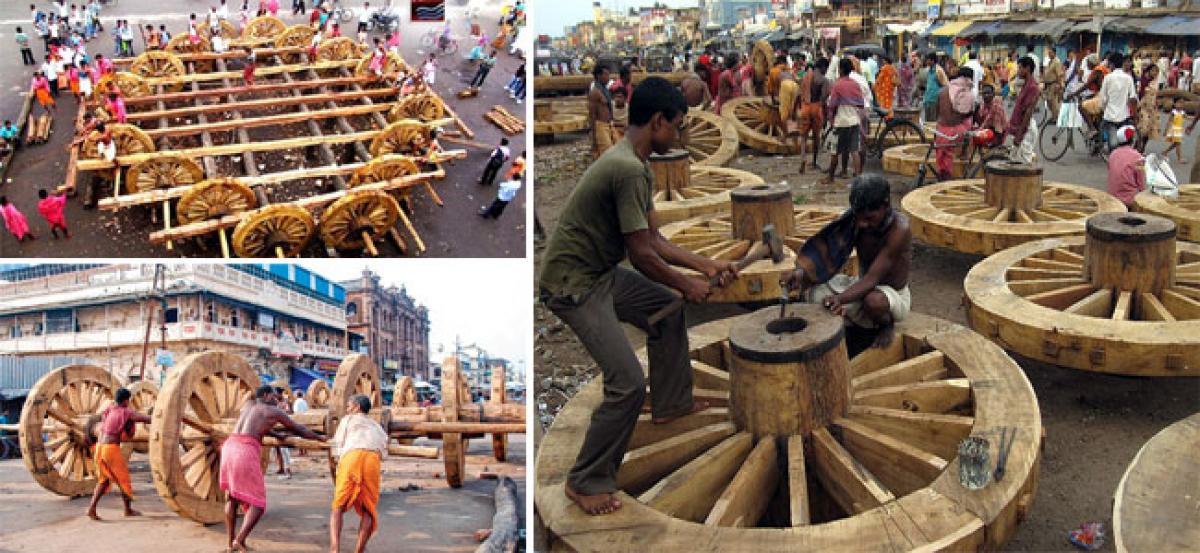
Do you know that three new wooden chariots to carry the presiding deities of the Srimandira temple at Odisha\'s Puri are constructed every year for the Ratha Yatra and the process of making these
New Delhi: Do you know that three new wooden chariots to carry the presiding deities of the Srimandira temple at Odisha's Puri are constructed every year for the Ratha Yatra and the process of making these starts nearly four months before the annual procession? The Ratha Yatra in which Lord Jagannatha and siblings Balabhadra and Subhadra ride the three colourful chariots in their annual sojourn to their garden house and birthplace Gundicha Temple, where they stay for seven days before returning, is a meticulously planned event that sees the congregation of lakhs of devotees, says a new book.
In "Ratha Yatra: Chariot Festival of Sri Jagannatha in Puri", former civil servant Subas Pani tells how the chariot procession is rooted in ancient traditions, myths and legends and embodies the most colourful elements of the classical and folk cultures of the Indian subcontinent and the Odisha region. "The process of making the chariots starts around four months before the Ratha Yatra on the auspicious occasion of Saraswati Puja or Basanta Panchami, typically in February, in a simple ceremony in front of the temple office," the book, published by Niyogi, says. The first lot of timber arrives by this time but before that, a team from the temple office proceed for selection of trees.
"On reaching the Dasapalla area, they first offer prayers at the temple of Bada Raula Thakurani, a village deity representing the mother goddess. Thereafter, they proceed to select the trees from nearby forests," the author says. But before cutting down the first tree, they offer a simple puja at the site. Earlier, the logs were transported through the river and then by bullock carts but nowadays trucks are used. Hard wood varieties like phasi, dhaura and asana and soft wood like simili, gambhari and mahi as well as trunks of coconut and palm trees are used for the construction. The construction of the chariots is done according to a schedule and sequence followed for generations, starting on the Akshyaya Trutiya day with the ceremony of Ratha Anukula. The final decoration of the chariots is completed on the day of the Ratha Yatra by adding the floral embellishments.
The making of the chariots is the responsibility of separate groups of servitors granted privileges for this purpose, as is the case with other activities associated with the temple and worship of Jagannatha. The coffee-table book covers a wide span including the geography of Puri, legends surrounding the temple, the unique architectural style of the temple complex and the elaborate preparatory summer festivals leading up to the main festival. It brings alive every stage of the intricate rituals and ceremonies lasting almost two months, giving a complete portrayal of different phases of the festival.








